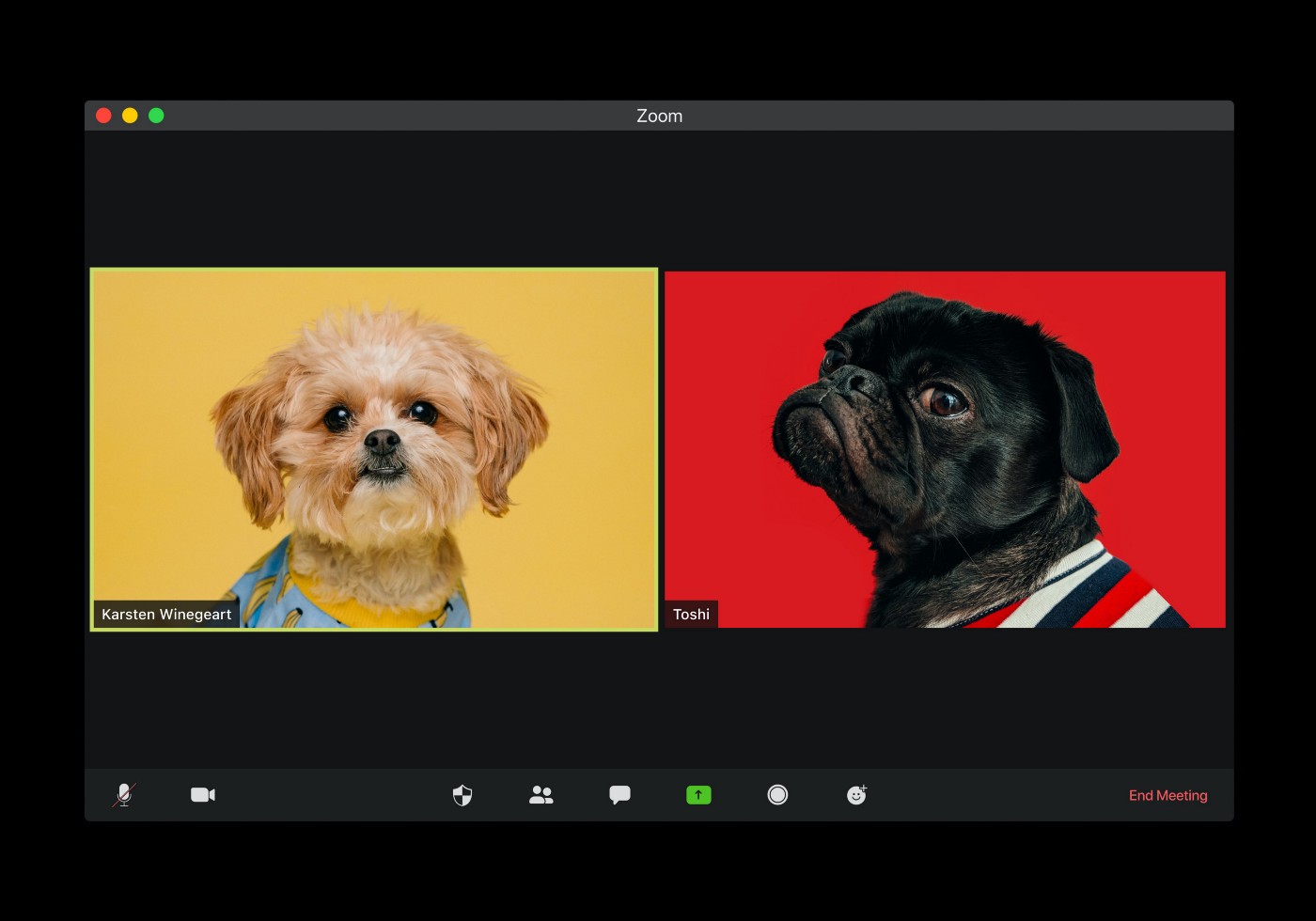How many people can an online workshop really handle?
We’re often asked the question: “how many people would you suggest for a workshop?” For that we have an answer that takes into consideration the context of each situation — unfortunately not one magic number 😉
When it comes to facilitating online, we’re continuing to experiment with the tech and human limits and reflect below on our experience leading a facilitation session for master students at the Royal College of Art in London.

The Challenge
Scale a facilitation class of 40 participants to 70 participants.
In a previous semester, we had taught remote facilitation techniques to 40 Royal College of Art Service Design master students. We had two separate workshops with 20 people.
The following semester the course grew to 70 students. Due to scheduling we could only have one session. This required us to tweak and evolve our content to fit the larger group, and the needs of the platforms we were going to work in.
What exercises would we need to shift given the scale? How many facilitators would we need for the workshop? How many Zoom breakout rooms would we have to create? How many Mural boards? Below are four main reflections on the session.
Shift where the exercises take place.
The exercises shifted slightly, however, what really changed was where the exercises took place. With the scale and time constraints it made sense to have most of the interactions take place in breakout rooms instead of the main room. Exercises and debriefs happened in breakout rooms. The main room centered on setting people up for the next exercise, with a light debrief on what had been discussed in breakout rooms.
As facilitators, this felt a bit like we were conductors rather than coaches at times, so it was hard to get a sense of the feeling and dynamics of the overall breakout groups.
Assume the tech won’t be able to cope.
We planned for the fact that Mural probably couldn’t cope with 70 people populating stickies on one board at the same time. There was no way of testing this in advance, so we had to assume the worst and plan accordingly. We designed all our activities in separate Mural boards for groups of teams — so that there would only be a max of ~20 people on each board. This did mean we had to be pedantic with our preparations and particularly clear with our instructions and links. A few people certainly got lost along the way, and jumping between programs and Mural boards left some participants with a feeling of dis-jointed-ness. It would have been simpler to have one Mural board for each team for the whole time, rather than flick between different boards for different activities. For one of our activities we switched to Google Slides thinking it could withstand 70 people in one document. To our surprise, Google Slides had trouble handling that volume of collaboration.
Have a facilitator simply for technical difficulties.
As predicted, bandwidth failed for some of our participants. This meant we needed to continually reallocate participants into their breakout rooms.
A learning here: it’s particularly helpful to have an extra facilitator just for handling these technical aspects.
Crowdsource answers to questions.
You simply won’t have time to answer everyone’s questions about a particular topic (facilitation/workshop leadership in this case). Create ways that you can use the collective intelligence of the participants to answer the burning questions.
As a part of their pre-workshop assignment, we asked participants to submit a key question they had about facilitation. We were able to cluster questions into common themes ahead of time and participant groups were assigned to a theme area based on their questions. During the session, we ran an activity where they discussed and recorded their answers. We had time to go to a few groups, and those answers are now open for all to see and go back to.
While we don’t have a definitive number to the question, how many people can a remote workshop handle — hopefully some of our reflections open up the nuance that we’ve experienced with this question.
What has worked for you in your sessions?